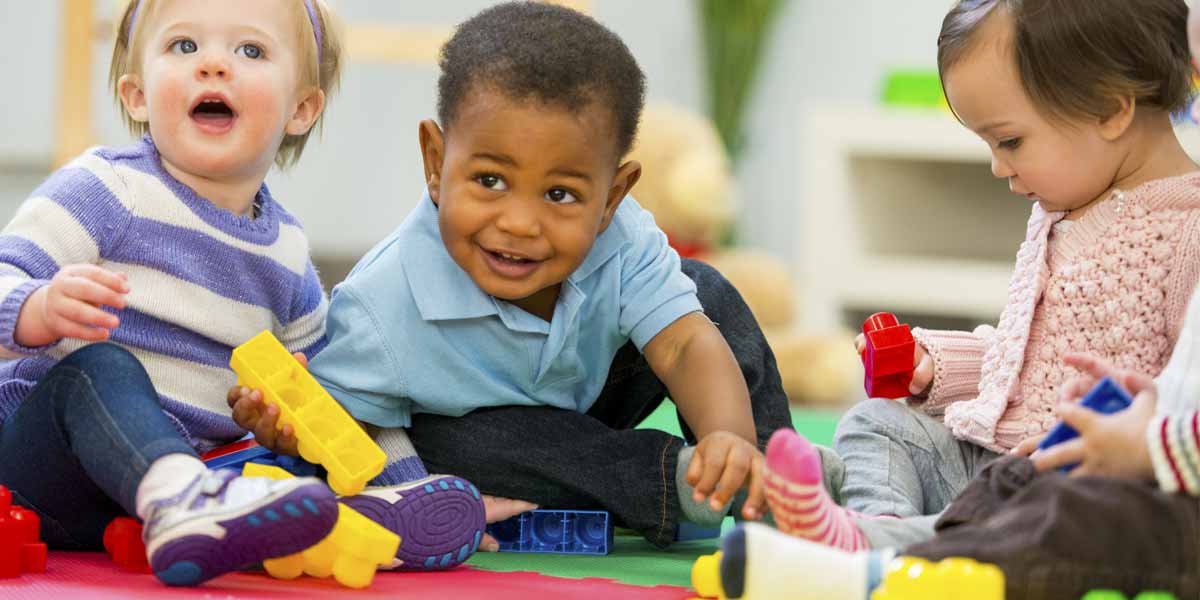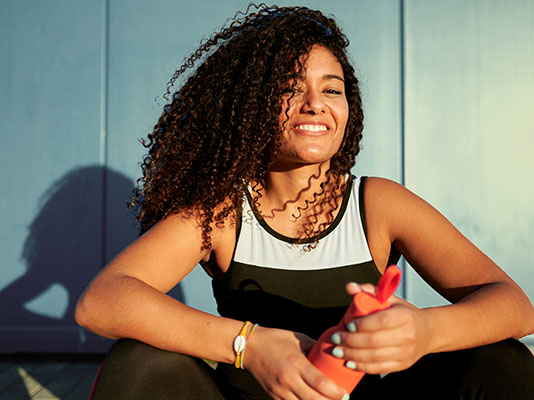There is no cure for type 2 diabetes, but it is possible for some people to put it into remission. Here’s what you need to know.
How to dodge daycare germs
Avoiding germs at daycare may be impossible. But there are things you can do to help keep your children healthy.

Here are four steps you can take to help reduce your children’s chances of coming down with whatever is going around:
1. Wash their hands
There’s no doubt about it: Effective hand hygiene is the best way to prevent the spread of germs and illness. Ask your daycare facility about its policy on hand-washing.
At home, washing with plain soap and water works best, says Kathy Jovanovic, manager, communicable disease control for Halton Region’s Health Protection Services. Healthy children don’t need antibacterial soaps, she says, adding that using antibacterial products too much or unnecessarily can cause bacteria to become resistant to them.
But if you aren’t near a sink and your children’s hands aren’t visibly soiled, alcohol-based hand sanitizer will do the job. “When there is no soap and water available, if you see dirt, you should wash their hands first with baby wipes and moist tissues before applying the sanitizer,” Jovanovic says. You can use sanitizer on toddlers and older children, but Jovanovic says you should supervise its use. Rub the sanitizer into their hands and make sure it’s completely dry before you let your kids touch their eyes, noses or mouths.
Most parents know children should scrub up before and after meals and after bathroom breaks. Where we fall short can be in hand-washing when arriving home from daycare, after sneezing, coughing, nose-blowing or touching pets, or after we’ve spent any time outside, Jovanovic notes.
We also need to watch the duration of hand-washing. Are we simply putting our children through the motions by running their hands under the water for a few seconds, or are we taking the time to teach them good washing habits? According to Jovanovic, proper hand-washing technique has four steps. First, wet hands under running water. Next, apply soap and scrub, including between fingers and under nails, for at least 20 seconds (the time it takes to sing the alphabet song). Finally, rinse and dry hands thoroughly with a clean towel. In a public washroom, use an air dryer or wipe hands and turn off the taps with a paper towel, or risk re-contaminating your hands, she says.
2. Sanitize their toys
Does your child share toys with other children at home? Infants and toddlers frequently put these items into their mouths, so Jovanovic recommends cleaning them regularly with soap and water. Some toys can simply be put in the dishwasher or washing machine, she adds.
3. Clean frequently touched surfaces
Children’s fingers go everywhere in a house, including the places we all frequently touch. Often-forgotten breeding areas for germs that need cleaning include door handles, remote controls and light switches, says Jovanovic. “Germs can live for hours and days on these items if they are not cleaned and disinfected,” she says.
4. Keep them home if they’re sick
Sending your unwell children to their childcare centre will just infect other kids, making it difficult to control the spread of illness, says Linda Thibedeau, supervisor of the Centennial College Early Children Education Centre in Toronto. She says she appreciates it when parents notify her staff of all their sick children’s symptoms so they can watch for them in other children and keep other parents informed. While it might be all right to send a child with a few sniffles to daycare, a fever of 38.5°C or more is a definite indicator of active illness, notes Jovanovic. Other no-go signs include thick yellow or green discharge from the nose or eyes, a bad cough and lethargic behaviour.


